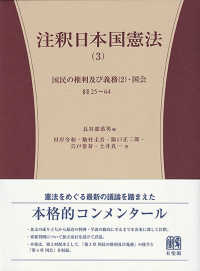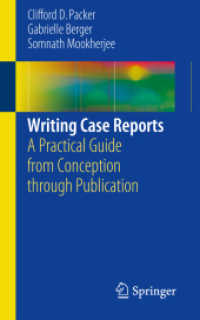- ホーム
- > 洋書
- > フランス書
- > ARTS ET BEAUX LIVRES
- > Histoire de l'art, etudes
基本説明
Design d'interaction, design critique, design fiction... : les champs du design ne cessent de s'étendre. Dans son sillage, de nouvelles formes de recherches, que Nicolas Nova désigne dans cet essai comme des enquêtes/créations sont apparues. L'action du designer vise ici à imaginer des artefacts dont le but est de créer de la connaissance. Cette démarche qui emprunte tant à l'anthropologue, à l'ingénieur qu'à l'artiste est analysée à travers une série d'exemples rassemblés par l'auteur de recherches en design où la création de nouveaux objets permet de mesurer, rendre visible, ou donner des formes à des phénomènes abstraits de manière à pouvoir les étudier.
Version traduite en langue anglaise.
Full Description
While the overhaul of higher education linked to the Bologna process encouraged the development of design research in art schools, this interest pre-existed in design agencies which were quick to produce surveys in various forms. In this essay, Nicolas Nova synthesises the main specificities of this type of approach and demonstrates how it escapes the academic canon. Indeed, design research is an expanding field, which produces knowledge in a wide variety of forms: texts, drawings, prototypes, interfaces, etc.
The author analyses the format of the survey as being at the centre of many approaches to design research - a survey that draws on the methods of social sciences and journalism, but is not confined to the disciplinary framework, gathering and re-appropriating notions from a wide range of fields. More than by a single method, it is by questions relating to specifically invented processes, devices and tools that these surveys in design set themselves apart from those in the social sciences. Thus,this research is often based on the creation of material objects, likely to shed light on phenomena, of which the author presents a series of recent and original examples.
Nicolas Nova considers that these approaches to design research radiate beyond their chosen field. Indeed, they influence the "creative social sciences", which seek to broaden their range of research and restitution processes and open the way to research in contemporary art, which is also in a booming phase.






